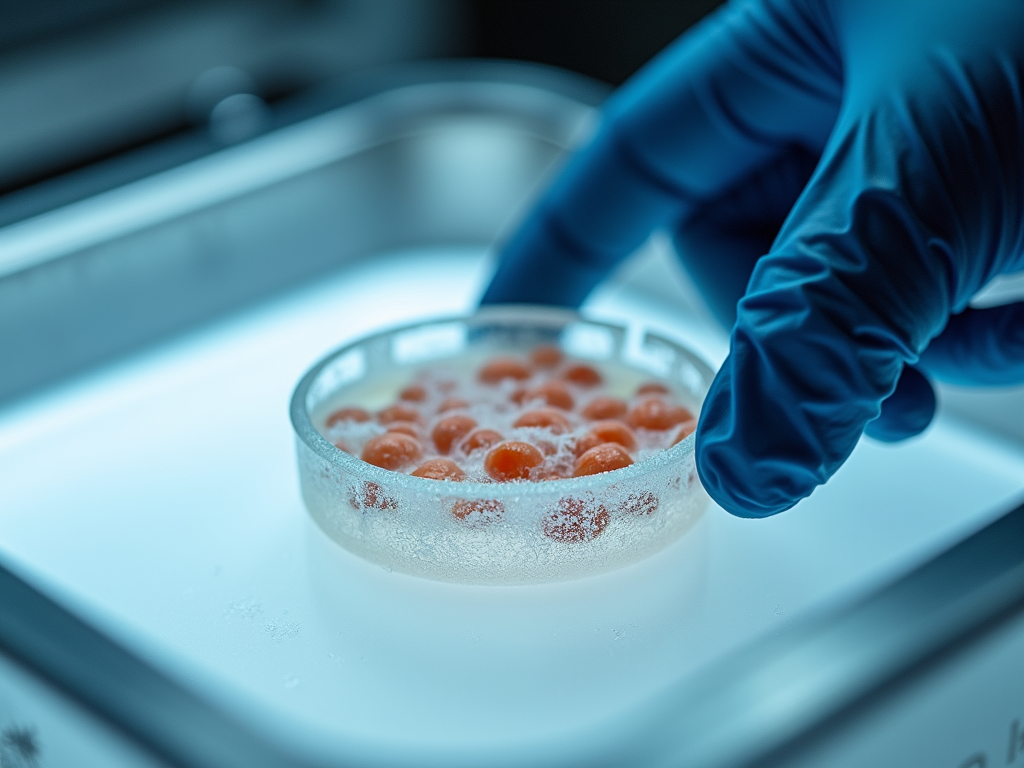Revolutionizing Fertility: The Latest Advancements in IVF Technology
March 28, 2025, 12:37 p.m.
Over the past decade, advancements in IVF technology have reshaped the world of fertility treatments. These breakthroughs tackle long-standing challenges like low success rates and limited options, offering new possibilities for couples struggling with infertility. This article explores the latest innovations driving this change.

In vitro fertilization, or IVF, involves fertilizing an egg outside the body and implanting it into the uterus. Since its start in 1978, it’s helped millions become parents. But it’s not perfect—success isn’t guaranteed, and costs can pile up. Today’s advancements are changing that, making IVF more effective and approachable.
Time-lapse imaging is one game-changer. Embryologists used to check embryos by pulling them out of incubators, risking damage. Now, cameras inside the incubators snap pictures every few minutes. This lets experts pick the strongest embryos without touching them, boosting success rates and cutting down on twins or triplets.

Then there’s preimplantation genetic testing, or PGT. It’s like a health check for embryos. Newer versions spot tiny genetic issues that older tests missed. Couples can transfer only the healthiest embryos, raising their odds of a healthy baby and lowering the risk of miscarriage.
Embryo cryopreservation has also come a long way. Freezing embryos used to be tricky—ice crystals could harm them. Now, a fast-freeze method called vitrification keeps them safe. This means couples can save extras for later, skipping the whole egg-retrieval process again.

The benefits of embryo cryopreservation for IVF are huge. I’ve seen friends go through this—one couple froze embryos after their first try failed. A year later, they used a frozen one and had a little girl. It gave them time to heal emotionally and financially before trying again.
Artificial intelligence is stepping in too. AI looks at embryo photos and predicts which ones have the best shot. It’s not replacing humans yet, but it’s like an extra set of expert eyes. Early studies show it could make picking embryos even more accurate.

Ovarian stimulation has gotten smarter too. Doctors now tailor meds to fit each woman’s body—less guesswork, fewer side effects. For someone with PCOS, like my cousin, this meant more eggs without feeling awful. It’s a small tweak with a big payoff.
Here’s a quick look at how these changes stack up:
| Approach | Success Rate | Key Benefit |
|---|---|---|
| Traditional IVF | ~30% | Basic fertility solution |
| IVF with Time-Lapse | ~40% | Better embryo selection |
| IVF with PGT | ~50% | Healthier pregnancies |
| Frozen Embryo Transfer | ~45% | Flexible timing |
Numbers vary by age and clinic, but the trend is clear—new tech is winning.

Fertility preservation is another perk of these advancements. Freezing eggs or embryos isn’t just for medical reasons anymore. People delay parenthood for careers or partners, and cryopreservation keeps their options open. It’s like hitting pause on the biological clock.
Looking ahead, the future’s wild. Scientists are testing ways to make eggs or sperm from stem cells. Imagine—someone with no viable eggs could still have a biological kid. It’s years off, but it could rewrite the rules of infertility treatment.

But it’s not all smooth sailing. These advancements raise tough questions. Should we edit embryo genes? Could this lead to ‘designer babies’? I think about my nephew—born via IVF—and wonder where the line should be. It’s exciting, but we need to talk about limits.
For couples, these tools mean hope. Take my neighbor—she tried IVF three times with no luck. Then, using frozen embryos and PGT, she had twins. The process was still hard—shots, waiting, tears—but the tech tipped the scales. That’s what keeps me amazed by this field.

To wrap up, advancements in IVF technology are a lifeline for millions. Time-lapse imaging, PGT, and embryo cryopreservation are just the start. They’re making pregnancies more likely and babies healthier. Yes, IVF’s still a rollercoaster—emotionally and financially—but these steps forward light the way.